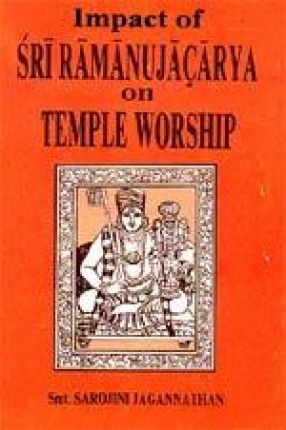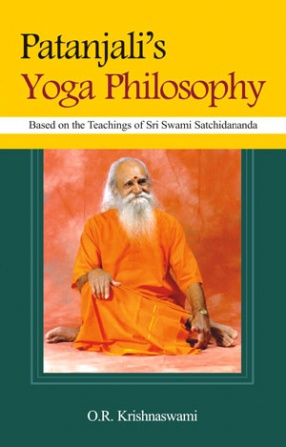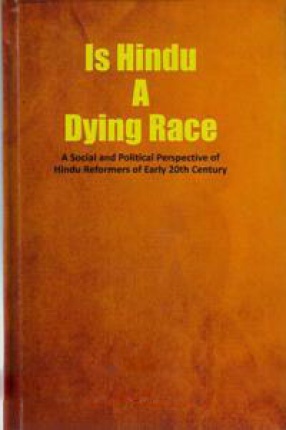The bhakti movement emerging in 6th century India, challenged the existing Vedic religion and the Brahmins led the van by giving more importance to bhakti than to knowledge which was the domain of a select few. The idea was to realize a direct relationship with God. This thought remains enshrined in the sacred ‘four thousand’ of the Alvars. The highly theistic movement finally found a temple-centered expression. Ramanuja after succeeding to his ponitifical seat in Srirangam, laid down monumental reforms in temple administration. After his return from Mysore, he set out to propagate Srivaisnavism. His magnum opus, the Sribhasya gave birth to many commentaries and glosses, which comprise almost half the entire body of work pertaining to the system. Although his writings indicate a shade of brahminical exclusiveness, Ramanuja introduced liberal practices. The lower classes were given great opportunities which fostered the democratization of Vaisnavism- without compromising on Vedic Puritanism. He organized the existing temples and arranged for the worship of the deity mainly according to eh Pancaratra agama. He also incorporated the hymns of the Alvars, giving these songs a status at par with the Vedas. Being Conscious of the limitations of Bhakti-yoga, or complete submission to God. Thus, he achieved a perfect synthesis of the gnana of the scriptures and the bhakti of the Alvars. His philosophy and preachings were a direct response to the needs of the time. Ramanuja made the temple a centre of learning as well as worship giving importance to arcavatara. He was responsible for the hectic temple building activity, subsequently. By way of munificent donations, the temple became rich and it’s income was diverted to promote agriculture and trade. Slowly, the temple evolved into a socio-religious centre. The Brahmins were the greater beneficiaries, as they were the custodians of the Vedic tradition. Although, after Ramanuja’s time, a violent sectarian split tore the srivaisnavas into two sects, the essential principles remained immutable and to this day, Srivaisnavism performs it’s role in stabilizing society.
Patanjali’s Yoga Philosophy: Based on the Teachings of Sri Swami Satchidananda
This text on Yoga Philosophy ...
$31.50
$35.00





There are no reviews yet.